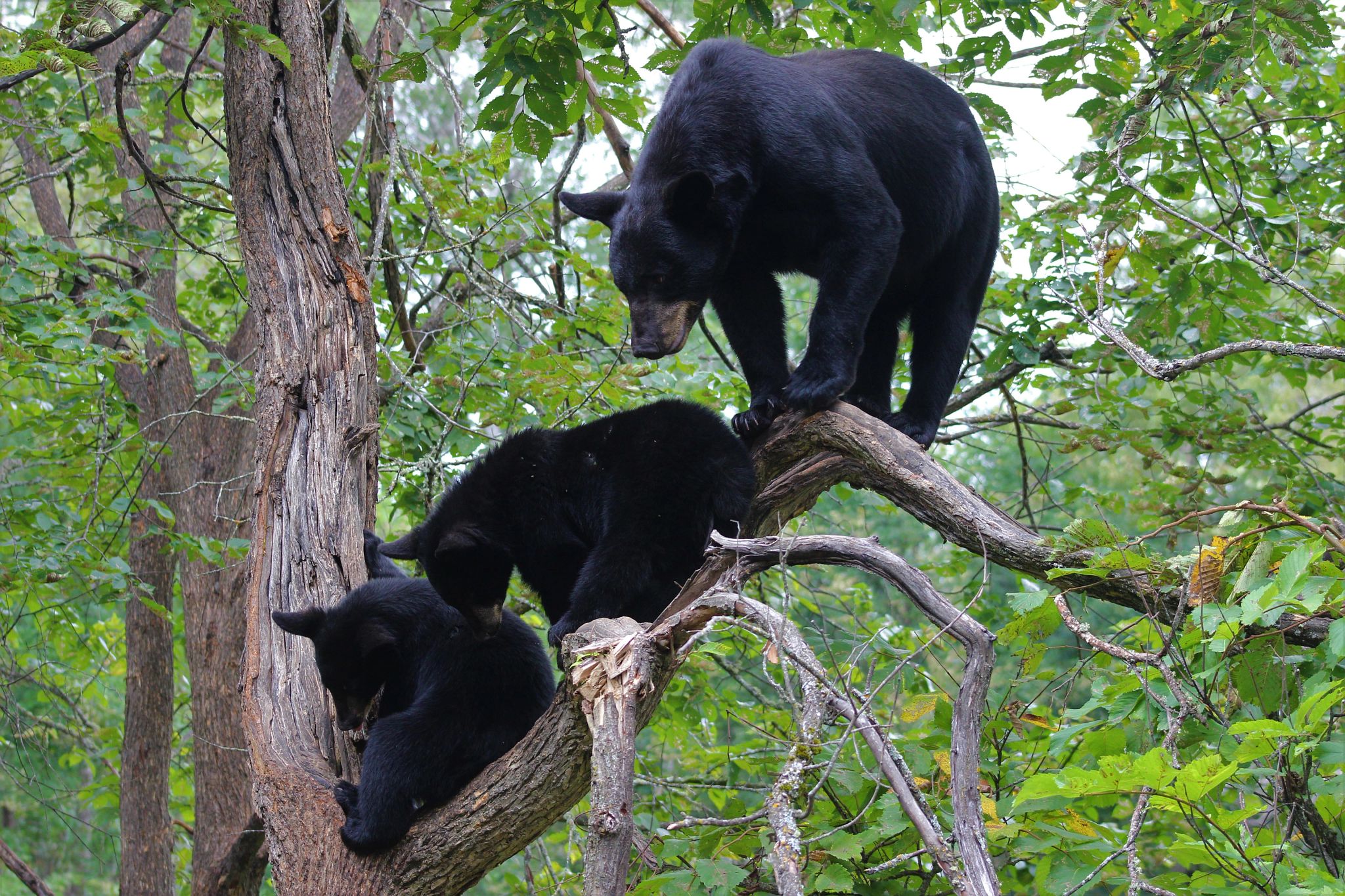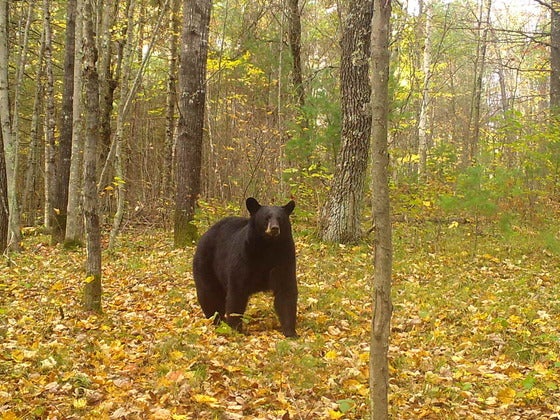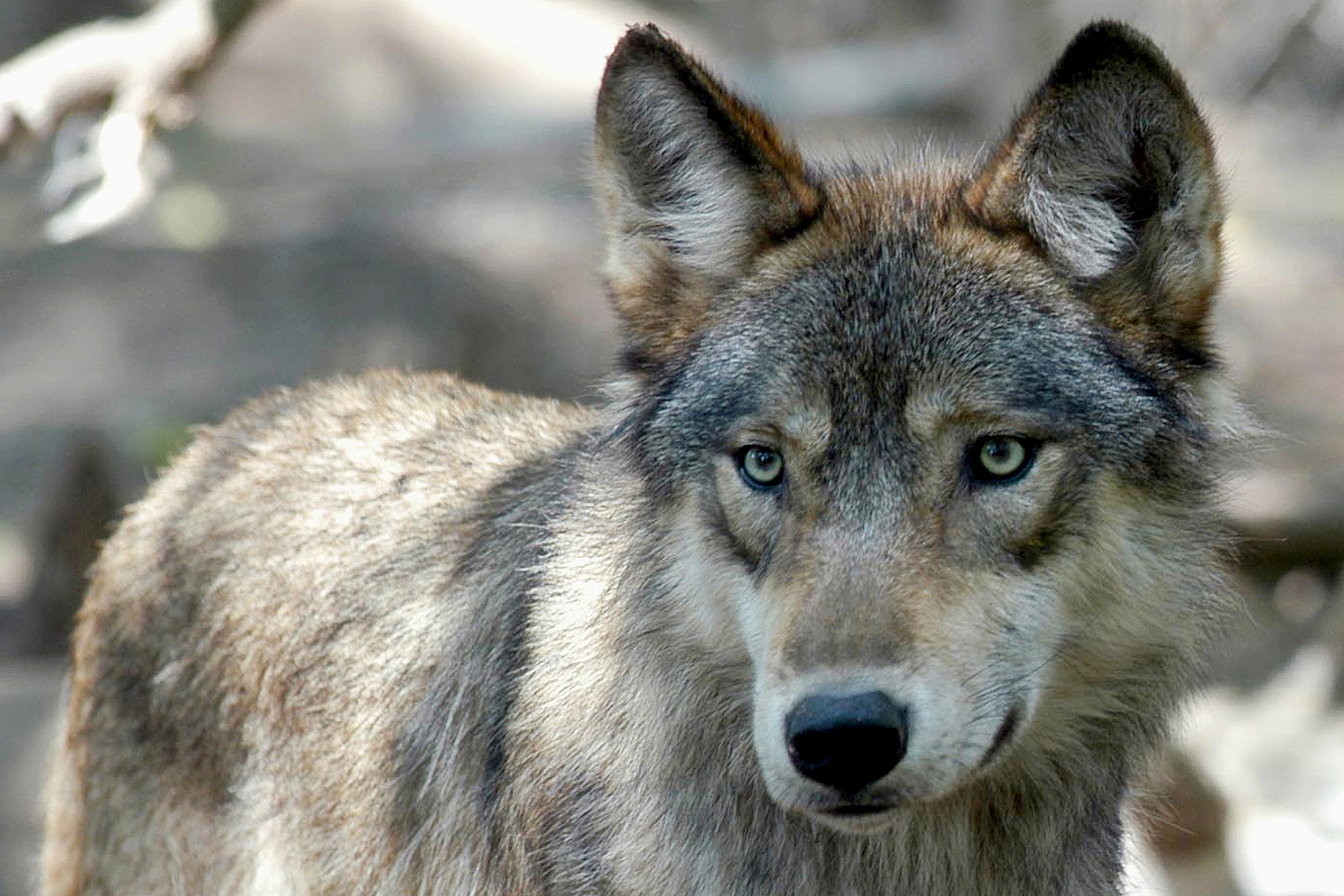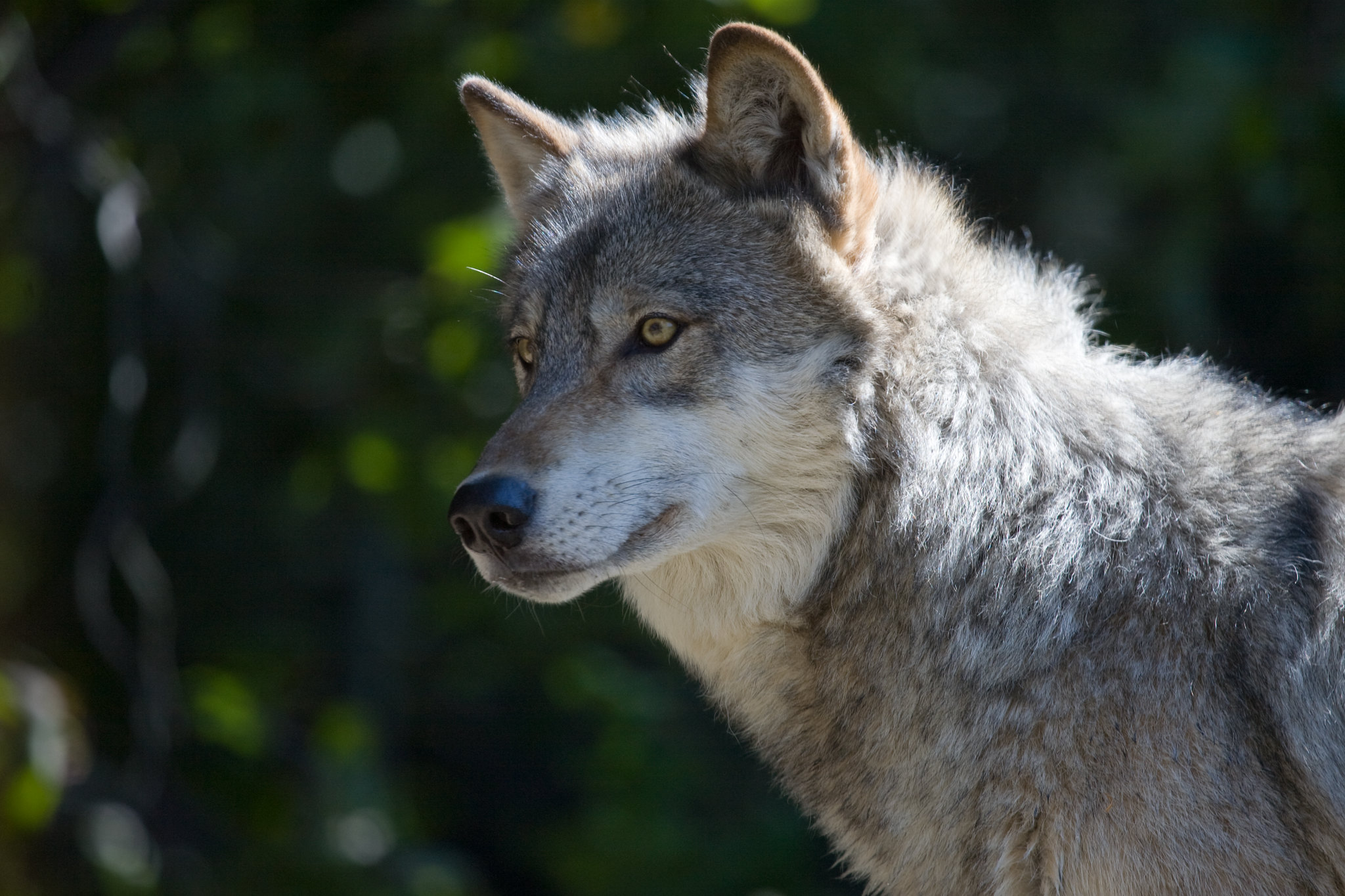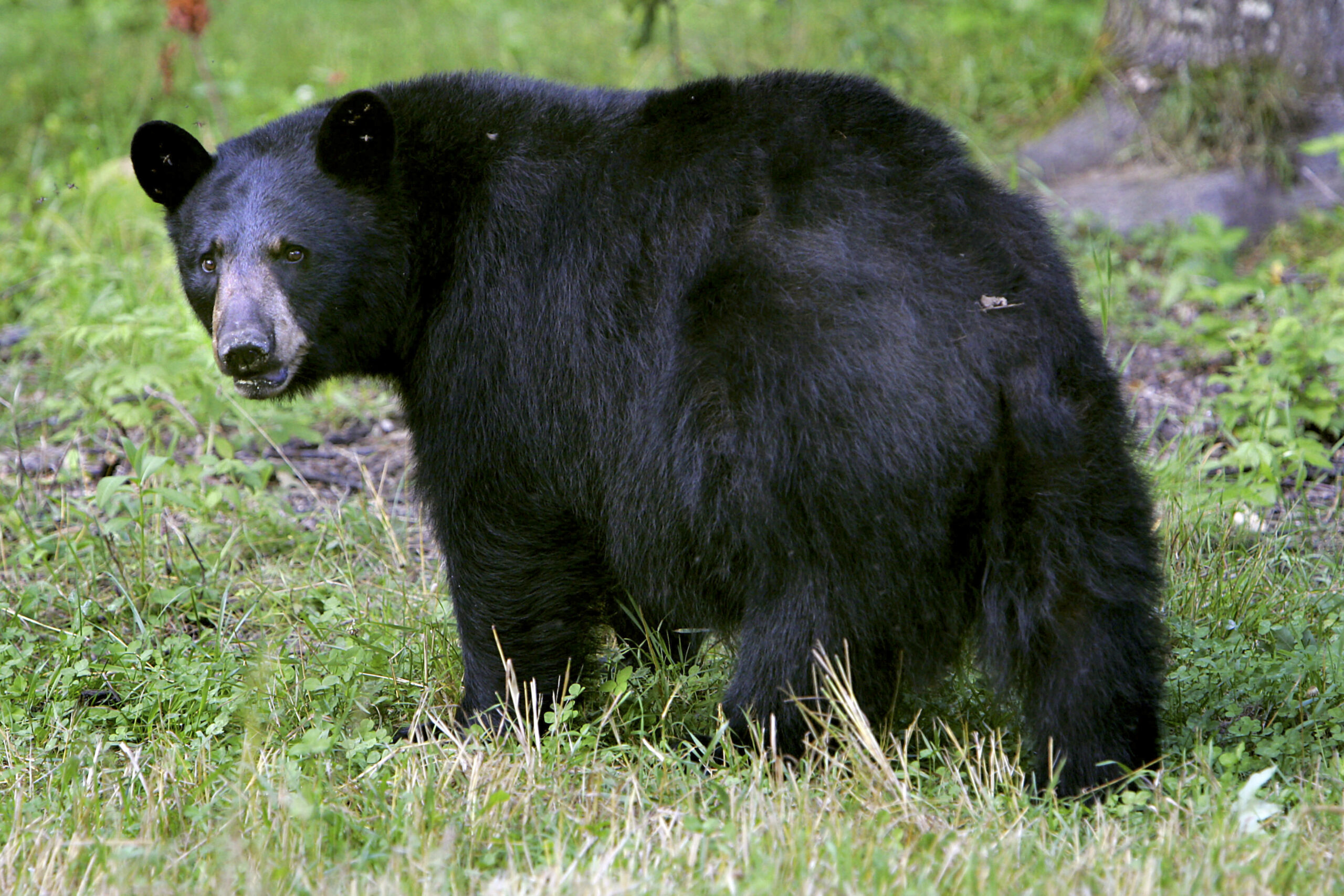Wisconsin’s hunters killed almost 4,300 bears this year, exceeding the state’s quota and rebounding after their lowest harvest in 15 years last season.
Hunters killed 4,285 bears this year, according to preliminary figures from the Wisconsin Department of Natural Resources. That’s up nearly 47 percent from the 2,922 bears harvested last season, surpassing the state’s quota by 435 bears. Hunters killed more bears despite the agency issuing 11,501 bear hunting licenses — about 10 percent fewer than last year.
DNR Large Carnivore Specialist Randy Johnson said the season marked a return to normal for state-licensed bear hunters, which have killed around 4,000 bears each year over roughly the last decade. Last year, the bear harvest was down around 27 percent. Johnson said a high abundance of acorns reduced the success of hunters using bait, which can include sweets, breads and grains.
“When you have a ton of natural food in the woods, those bears are less keyed in on hunter’s baits,” Johnson said. “Obviously, that reduces success rates, and harvest usually declines as a result. This year, I think we saw that rebound effect back up to average.”
Johnson said drier conditions and a bump in the abundance of bears may have combined to improve the five-week bear season that ran from Sept. 4 to Oct. 8. Wisconsin had about 23,000 bears this year. That’s almost three times the state’s bear population in 1989.
The agency sets quotas to manage the bear population. Johnson noted hunters saw the most success in northern hunting zones where there’s higher bear abundance. He added hunters are often more motivated because they have to wait anywhere from 10 to 12 years to get a tag to hunt bears in those areas.
Hunters exceed quota by more than 400 bears
State-licensed hunters went beyond harvest targets in four of the state’s six bear management zones this year. The DNR said there’s little biological risk to the bear population over the long run.
News with a little more humanity
WPR’s “Wisconsin Today” newsletter keeps you connected to the state you love without feeling overwhelmed. No paywall. No agenda. No corporate filter.
Even so, Wisconsin’s Ojibwe tribes have expressed concerns to the agency about overharvesting the animals, according to Charlie Rasmussen, spokesperson with the Great Lakes Indian Fish & Wildlife Commission. Rasmussen said state data shows hunters have exceeded their quota in recent years across management zones spanning the tribes’ ceded territory.
“Tribes are concerned that this trend is becoming normalized, and they’re calling for action on developing a means to issue timely zone-specific closures to prevent these overages from occurring going into the future,” Rasmussen said.
He said Ojibwe tribes are also seeking more frequent bear population assessments to better evaluate their abundance on the landscape. Tribes harvest around 30 to 50 bears each year, according to the commission. Rasmussen said few bears are harvested because they’re an important clan animal that are held in high respect by not only Ojibwe tribes, but other Native communities as well.
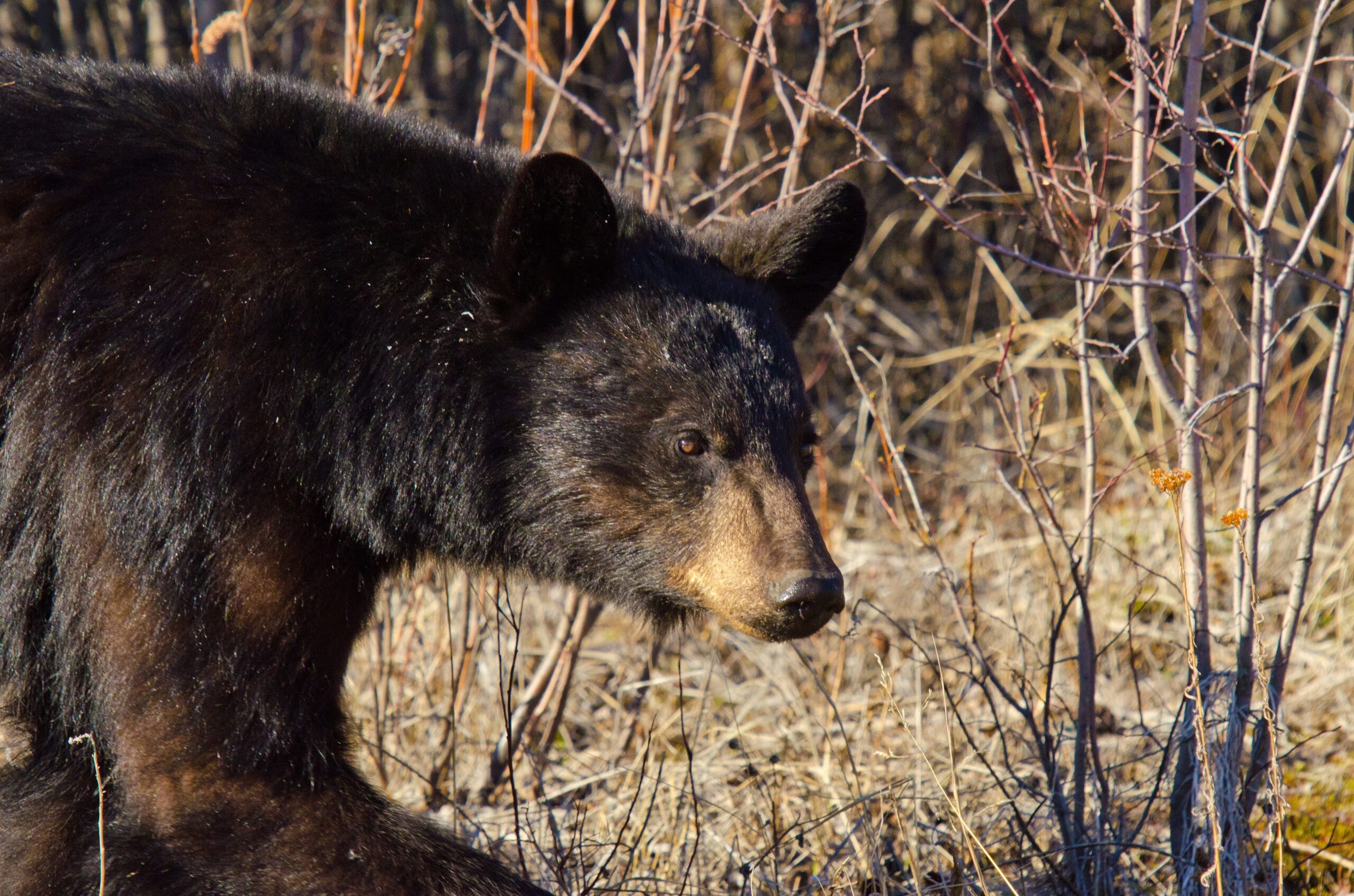
Johnson, with the DNR, said it’s nearly impossible to hit quotas on the nose, adding the agency adjusts levels the following year to account for deviations in the harvest. The DNR’s bear advisory committee will discuss whether the state should examine tools to avoid going beyond established quotas, including potential zone closures, when it meets Dec. 3.
“This would be a really big change. It’s not something we’ve ever done before with bear, but we have done it for other species,” Johnson said. “At least having that conversation is a good place to start.”
In the meantime, Johnson said the state’s population continues to expand southward into areas where bears historically haven’t been found, creating conflicts with people.
“People aren’t really expecting bears. They’re not accustomed to seeing them,” Johnson said. “There’s lots and lots of bird feeders out and trash and just generally speaking, not as much bear-aware behavior.”
This year, Johnson said the agency has received 580 nuisance complaints of bears targeting bird feeders and trash compared to 480 complaints last year. Around half of those encounters took place in far northern Wisconsin, including Douglas, Bayfield and Sawyer counties.
Johnson said the committee will also discuss whether the uptick in nuisance complaints results from a change in hunter behavior or more bears on the landscape at their meeting next month.
Hunters who want to obtain a license for the 2025 season must apply before Dec. 10.
Wisconsin Public Radio, © Copyright 2025, Board of Regents of the University of Wisconsin System and Wisconsin Educational Communications Board.

